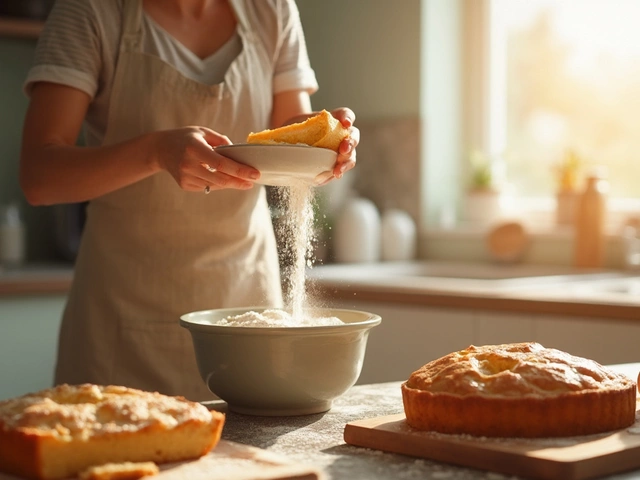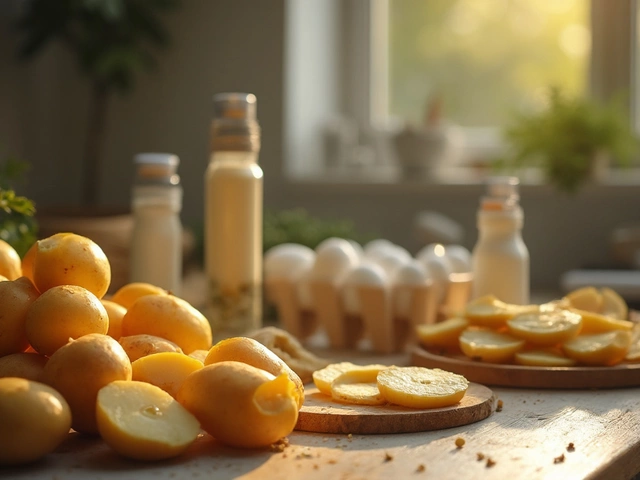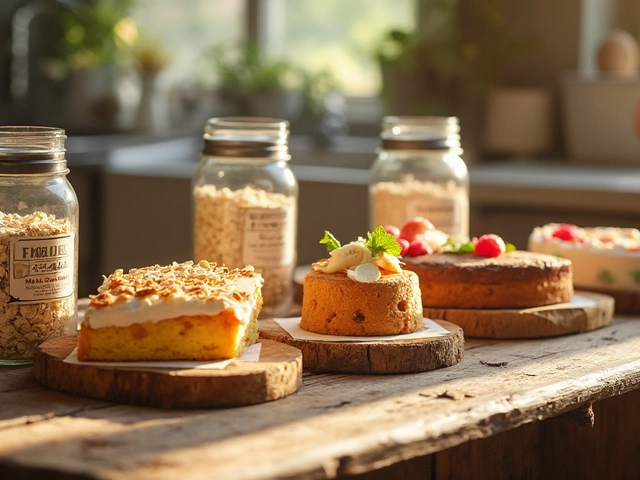Baking Techniques: Simple Tips for Perfect Desserts
Ever wonder why some batches turn out flawless while others fall flat? The answer usually lies in a few everyday techniques that most home bakers overlook. Below you’ll find the must‑know tricks that make cakes rise, cookies stay chewy, fudge stay creamy, and gluten‑free bakes stay light.
Basic Principles Every Baker Should Know
First up, temperature matters. Whether you’re heating butter, melting chocolate, or cooking fudge, a steady temperature keeps your mixture from separating. A candy thermometer is cheap and saves a lot of frustration when you aim for the soft‑ball stage in fudge.
Next, measure accurately. Spoon flour into the measuring cup, level it off, and never pack it down. Over‑measuring is the most common cause of dense or sunken cakes, especially in gluten‑free recipes where the protein balance is already fragile.
Don’t ignore the power of room‑temperature ingredients. Eggs, butter, and milk mix more evenly when they’re not cold, which means fewer lumps and a smoother batter. This alone can turn a grainy fudge into a silky masterpiece.
Quick Fixes for Common Baking Problems
Got a batch of brownies that look dry? The culprit is often over‑baking. Pull them out a minute early, let them cool, and they’ll finish cooking with residual heat. For cookies that won’t spread, check your butter temperature—softened butter spreads better than melted butter.
If your gluten‑free cake sinks in the middle, try adding a little extra leavening agent or swapping part of the rice flour for a lighter starch like tapioca. A tiny increase in baking powder can give the rise you need without making the crumb gummy.
Fudge that turns grainy? You likely boiled it past the soft‑ball stage or stirred it too aggressively. Stop stirring as soon as the mixture thickens, then let it cool undisturbed. If you’re at high altitude, lower the temperature by 5‑10°F and shorten the boil time.
When a cheesecake looks cracked, it’s usually due to rapid cooling. Let the cake cool gradually in the oven with the door ajar, then chill it in the fridge. Skipping the egg? Use a mix of cornstarch and a dash of cream cheese to keep the texture smooth.
Finally, remember the value of simple rest times. Let dough rest for at least 15 minutes before shaping cookies; this relaxes gluten and improves texture. For cakes, a brief rest after mixing lets the leavening agents activate fully, leading to a higher rise.
By keeping these straightforward techniques in mind, you’ll spend less time troubleshooting and more time enjoying perfect desserts. Try one tip on your next bake and notice the difference right away.

Mastering Pavlova: Should You Leave the Oven Door Open?
Pavlova is a delicate dessert that requires careful attention during baking. The main question is whether to leave the oven door open during baking or not. This article explores the reasons behind this practice, shares tips for achieving the perfect balance of crispy outer and marshmallow-like interior, and highlights common mistakes to avoid. Readers will also discover interesting facts about the origins of pavlova and its variations around the world.
View More




